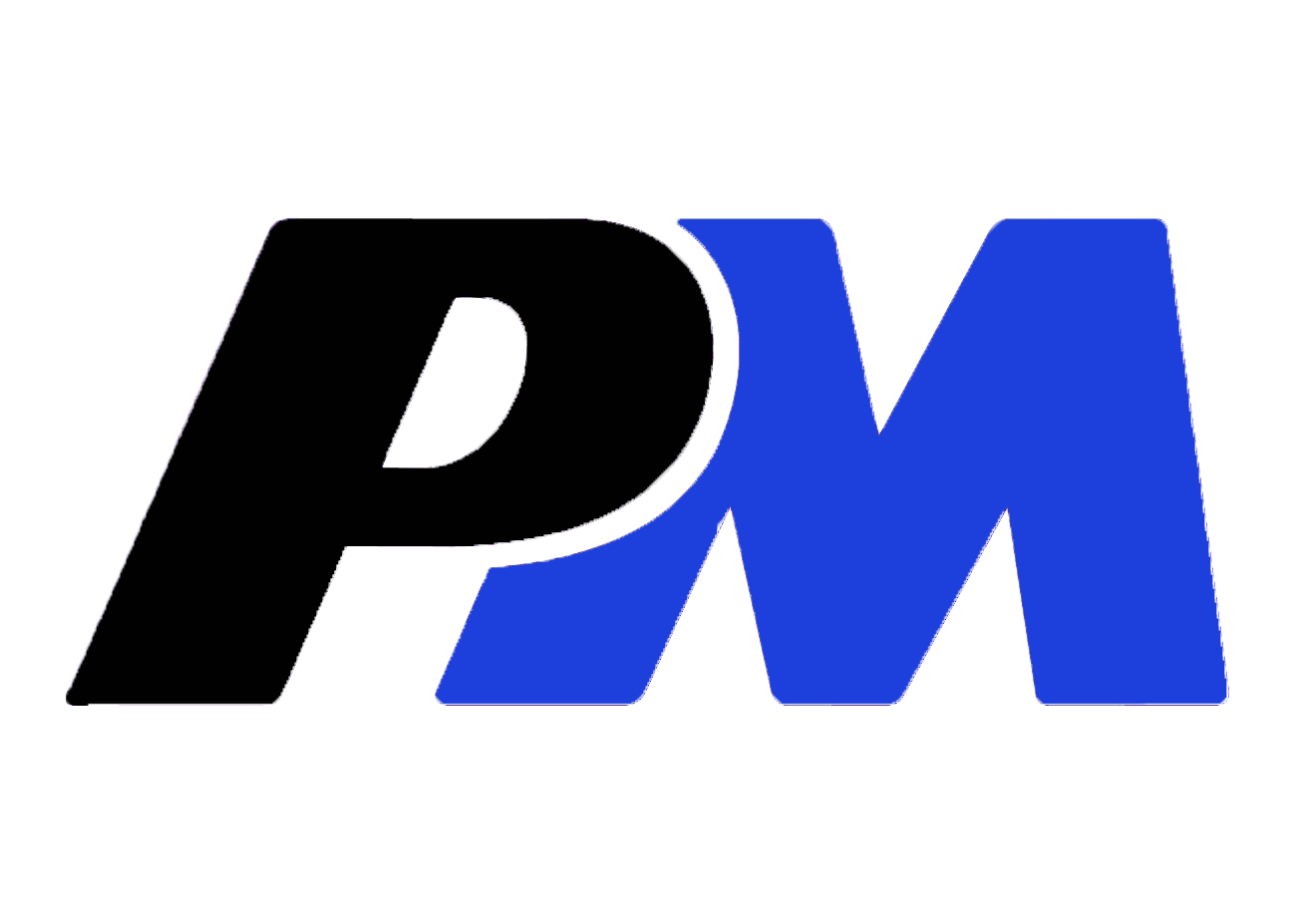23:46 Scope Management in Project Management | |
Specifically, as a first step, collecting requirements is the procedure that we determine and document the requirements needed to accommodate all project objectives. The foundation of this process is the project charter and stakeholder register. The project charter provides a preliminary definition of roles and responsibilities, and the project objectives. From these, the team can identify requirements, collaboratively discuss the details associated with meeting each requirement, conduct interviews and follow-on discussion to elucidate the requirements, and document the requirements in sufficient detail to measure them. This documentation also presents as an input to the next step in the process which is to define scope. Furthermore, as the second step, defining scope is critical to project success as it requires the development of a detailed project description to include deliverables, assumptions, and also constraints and establishes the framework within which project work must be performed. Moreover, successively, creating WBS breaks project deliverables down into progressively smaller and more manageable components which, at the lowest level, are called work packages. This hierarchical structure allows for more simplicity in scheduling, costing, monitoring, and controlling the project. To finalize, as a result, the scope plan demonstrates how the scope will be defined, developed, monitored, controlled, and verified.2 Thus, scope management enables to avoid the challenges that the project might face, and it clearly sets out what is or is not included in the project, and controls what gets added or removed as the project is executed. Thereby, scope management establishes control mechanisms to address factors that may result in changes during the project life-cycle. References:
| |
|
| |
| Total comments: 0 | |




 To begin with, scope management initially compasses establishing the scope plan which illustrates how the scope of the project will be defined and conducted throughout the project processes. This involves the project manager, the project sponsor, the project team members, the selected stakeholders, and also others who are accountable for any of the scope management processes. In order to create the scope plan, the processes basically include the collecting requirements, defining scope, and creating work breakdown structure (abbreviated WBS). The main input to this process is the project charter, and the two main outputs are the scope plan itself and the requirements management plan.1
To begin with, scope management initially compasses establishing the scope plan which illustrates how the scope of the project will be defined and conducted throughout the project processes. This involves the project manager, the project sponsor, the project team members, the selected stakeholders, and also others who are accountable for any of the scope management processes. In order to create the scope plan, the processes basically include the collecting requirements, defining scope, and creating work breakdown structure (abbreviated WBS). The main input to this process is the project charter, and the two main outputs are the scope plan itself and the requirements management plan.1